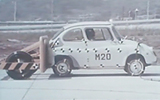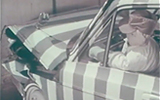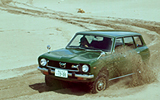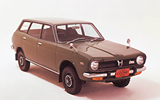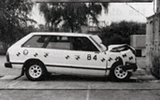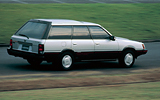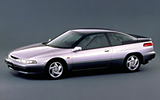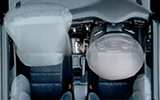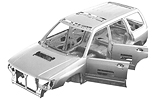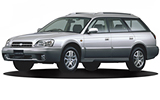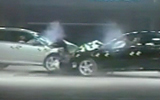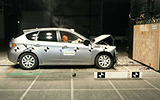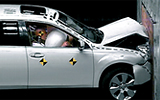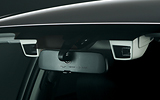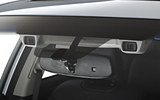-
1980s
1981 -
“Leone 1800cc 4WD Automatic” is released, using the world’s first wet hydraulic multi-plate clutch in the rear wheel drive transfer case of its AWD automatic transmission.
-
1983 -
4WD turbo Leone equipped with an air suspension system to hydraulically adjust the height of the car.
-
1986 -
Research into the use of high-tensile materials for car frames begins.
-
1986 -
XT: Plastic bumpers that comply with the five-mile-an-hour rule introduced in America as the first “energy absorbing bumpers” developed in the world.
-
1986 -
Leone 3-door hatchback coupe RX-II (1.8-litre turbo engine) uses a full-time AWD system with a bevel-geared and differential-lock centre differential.
-
1987 -
MP-T 4WD developed into the full-time 4WD “ACT-4” system, operating on pulse control to predict front and rear torque distribution.
-
1989 -
First generation Legacy released. The model became the Subaru’s new safety standard in order to further improve safety and protection in actual collisions.
-
1989 -
Turbo Legacy comes equipped with the full-time 4WD system with viscous coupling LSD centre differential. A tandem brake booster braking system increases the safety of the car.
